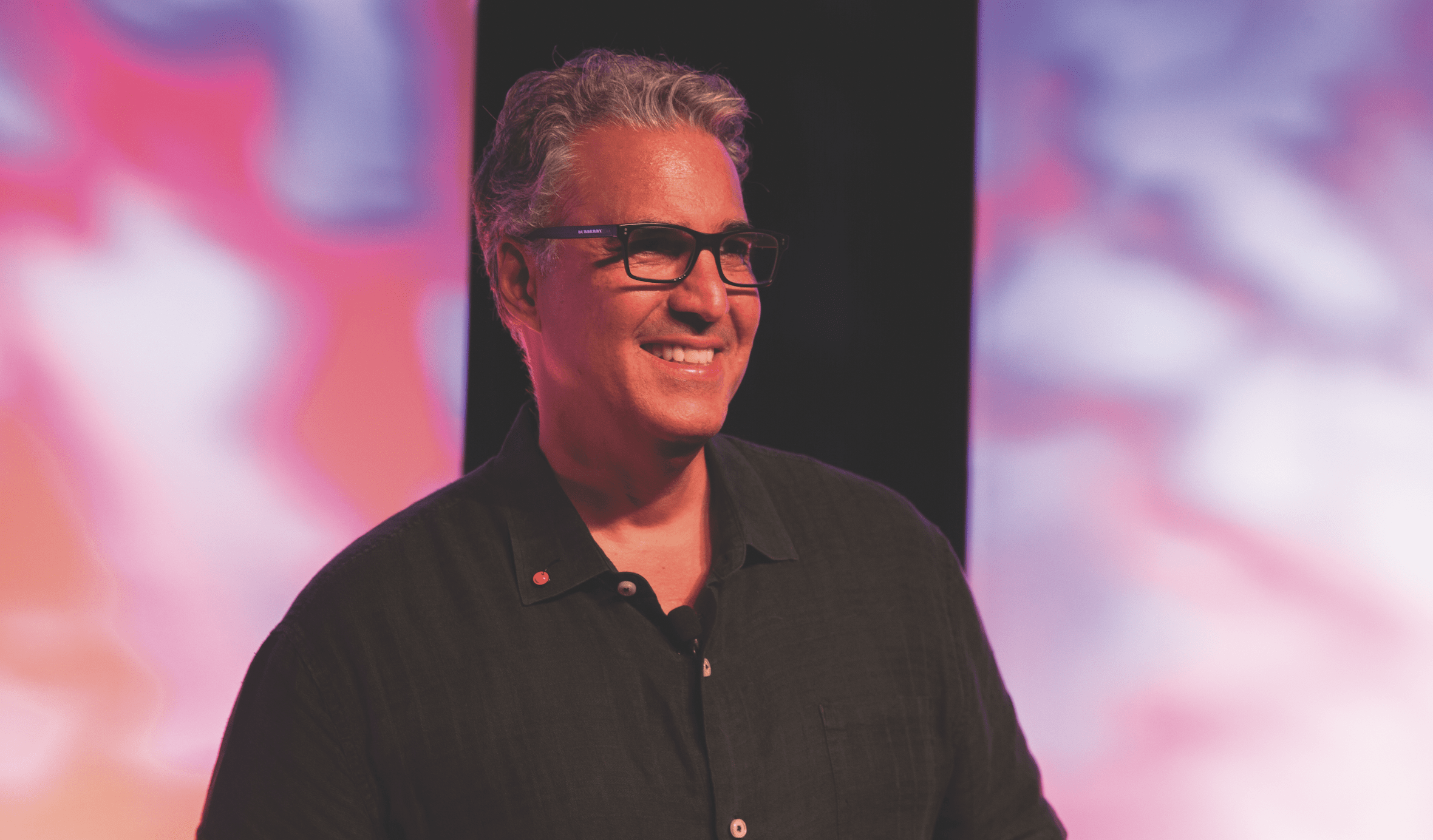Meet Aneta Genova

butterfly setup; 3. Price charts with various time frames; 4. IRA account; 5. The tastyworks app on iPad
Home/Office location
New York City
Years trading
12
How did you start trading?
I was running my own business for small leather goods about 17 years ago, and when I started being profitable, my accountant advised me to go to Fidelity and invest my money with them. I bought some mutual funds based on their advice, and nothing much happened for what felt like a very long time. I didn’t like the feeling of being so passive and detached. I wanted a lot more engagement than mutual funds offered. I like to make my own decisions and wanted to participate in the market, so I started trading stocks and eventually worked my way to options. I tried four or five brokerages and took courses before I found tastytrade and tastyworks, where
I finally found my niche and a community of traders who are fun and engaged every day. I have very little patience and like variety, so I love that options contracts have many expirations and offer a wide array of strategies.
Favorite trading strategy?
I love variations of ratio spreads, and two of my favorite strategies are 1-3-2 put spreads and broken wing butterflies (BWB). Both are high-probability omnidirectional trades that give you a lot of flexibility to be right. There is also the excitement of the max profit zone and the opportunity to make the BWB free. BWBs can be explained as a debit and a credit spread with shorts at the same strike where usually the credit spread is wider than the debit spread. That eliminates risk to one side, and the debit spread gives you an extra profit zone on the other side. I also use BWBs on the call side with the debit spread wider than the credit spread if I feel exceptionally bullish. To make the BWB free, you need the underlying to move in your direction, so you can close the long option on the wider side and buy another one closer to the shorts to make the longs equidistant. That releases the buying power, and you now have a regular symmetrical butterfly. The goal is to do that transaction for less than the credit you received initially, so you lock in a profit and have a trade that wins in any direction.
Average number of trades per day?
Eight
What percentage of your outcomes do you attribute to luck?
I rarely attribute outcomes to luck unless they’re scalps on futures that not only immediately go in my direction but keep going and going in the right direction!
Worst trading moment?
Some of my worst trading moments have been in crude oil and silver futures. Crude oil can go in one direction relentlessly for a very long time, and it certainly caught me a couple of times with naked futures. My worst experience was in November 2020 when crude oil just went straight up for weeks. I truly misjudged how much it can move, and by the time I started hedging my position with options, there wasn’t much I could salvage. What I learned is not to be stubborn and to cut my losses much sooner, rather than thinking that I know something more than other traders. After that year, I’ve only traded crude oil options and scalped small futures. The lesson for me was to stay small so one trade doesn’t take a big chunk out of my portfolio.

Favorite trading book
Trading in the Zone
by Mark Douglas




















